Home>Others>Specialized Home Improvement Topics>How To Get Rid Of Snakes In Your Crawl Space
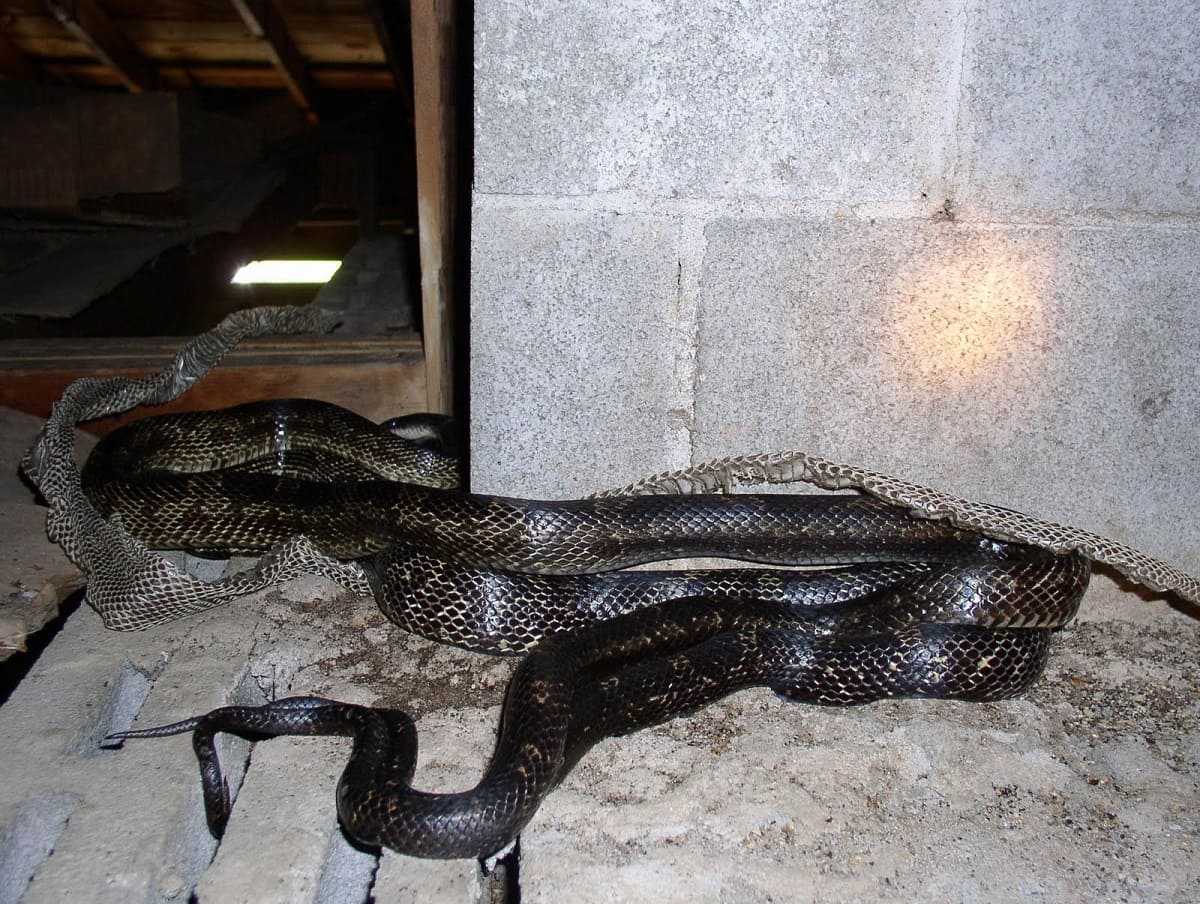

Specialized Home Improvement Topics
How To Get Rid Of Snakes In Your Crawl Space
Modified: October 19, 2024
Learn effective methods for removing snakes from your crawl space with specialized home improvement topics. Keep your home safe and snake-free with our expert tips.
(Many of the links in this article redirect to a specific reviewed product. Your purchase of these products through affiliate links helps to generate commission for Storables.com, at no extra cost. Learn more)
Introduction
Dealing with a snake infestation in your crawl space can be a daunting and unsettling experience. The presence of snakes in this confined area beneath your home poses potential risks to both your property and your family's safety. However, with the right knowledge and proactive measures, you can effectively address this issue and restore peace of mind.
In this comprehensive guide, we will explore various strategies to help you eliminate snakes from your crawl space. From understanding the factors that attract snakes to identifying entry points and implementing effective repellents, we will cover everything you need to know to tackle this challenge head-on.
By gaining a deeper understanding of the snake problem and learning how to identify and seal entry points, you can take significant steps toward preventing future infestations. Additionally, we will discuss the importance of removing attractants that may be drawing snakes to your crawl space and explore the option of seeking professional assistance when necessary.
Whether you're facing a current snake issue or aiming to safeguard your home from potential intrusions, this guide will equip you with the knowledge and strategies to address the problem effectively. Let's delve into the world of snake control and discover the steps you can take to reclaim your crawl space and ensure a snake-free environment for the long term.
Key Takeaways:
- Keep snakes out by sealing entry points and removing attractants like food sources and shelter. Regular maintenance and inspections are key to preventing future infestations.
- Consider using natural repellents and seek professional help for complex infestations, especially if dealing with venomous snakes. Understanding snake behavior is crucial for effective prevention.
Read more: How To Get Rid Of Garden Snakes
Understanding the Snake Problem
Understanding the behavior and habits of snakes is crucial when addressing a snake infestation in your crawl space. Snakes are attracted to dark, damp, and secluded areas, making crawl spaces an ideal habitat for them. They seek shelter, warmth, and potential prey, which can lead them to take up residence beneath your home.
It's important to note that not all snakes are harmful, and many species play a vital role in controlling rodent populations. However, venomous snakes pose a significant threat to human safety, making it essential to address any snake presence in your crawl space promptly.
Snakes are skilled at finding entry points into crawl spaces, often exploiting small gaps or openings in the foundation or walls. By understanding their ability to maneuver through narrow spaces, you can begin to identify potential entry points and take measures to seal them off effectively.
Moreover, snakes are attracted to food sources such as rodents, insects, and even other small reptiles. If your crawl space provides easy access to these food sources, it becomes more appealing to snakes. By recognizing and addressing these attractants, you can significantly reduce the likelihood of snakes taking up residence beneath your home.
In addition to seeking shelter and food, snakes may also be drawn to crawl spaces for hibernation during colder months. This natural behavior can lead them to seek out insulated and sheltered areas, making crawl spaces an inviting location for hibernation.
By understanding the factors that attract snakes to your crawl space, you can develop a targeted approach to addressing the issue. This knowledge will empower you to implement effective strategies for removing attractants, sealing entry points, and utilizing repellents to deter snakes from inhabiting your crawl space.
In the following sections, we will delve deeper into the specific steps you can take to address the snake problem in your crawl space, providing you with actionable insights to reclaim this area of your home and ensure a snake-free environment for the long term.
Identifying Entry Points
Identifying and addressing potential entry points is a crucial step in effectively dealing with a snake infestation in your crawl space. Snakes are remarkably adept at finding and exploiting small openings in the foundation, walls, or vents, allowing them to gain access to this confined area beneath your home. By thoroughly inspecting your crawl space and the surrounding areas, you can pinpoint these entry points and take proactive measures to seal them off.
Start by conducting a comprehensive visual inspection of the exterior of your home, paying close attention to the foundation and any gaps or cracks that may serve as potential entry points for snakes. Look for openings around pipes, utility penetrations, and vents, as these are common areas where snakes can gain access to your crawl space. Additionally, check for gaps beneath doors, damaged screens, or any other structural vulnerabilities that could provide entry for snakes.
Inside the crawl space, carefully examine the walls, floor, and ceiling for any openings or gaps that snakes could use to enter. It's essential to be thorough in this inspection, as snakes can exploit even the smallest of openings. Keep an eye out for gaps around plumbing fixtures, electrical conduits, and any areas where different building materials meet, as these are often prime entry points for snakes.
In addition to visual inspection, consider using a flashlight to illuminate dark corners and recesses, as snakes may seek out these secluded areas for shelter. Look for signs of snake activity, such as shed skins or droppings, which can indicate their presence and help you identify potential entry points.
Once you have identified these entry points, it's important to take prompt action to seal them off effectively. Use appropriate materials such as steel wool, hardware cloth, or foam insulation to fill in gaps and cracks, ensuring a secure barrier that prevents snakes from re-entering the crawl space. Pay special attention to areas around pipes and vents, as these are common entry points that may require specific sealing techniques.
By diligently identifying and sealing off entry points, you can significantly reduce the likelihood of snakes gaining access to your crawl space. This proactive approach not only helps address the current infestation but also serves as a preventive measure to safeguard your home against future snake intrusions. With a thorough understanding of potential entry points and a proactive mindset, you can take decisive steps to reclaim your crawl space and create a snake-free environment for your home.
Removing Attractants
Removing attractants that draw snakes to your crawl space is a fundamental step in mitigating the risk of infestation and creating an environment that is unappealing to these reptiles. By eliminating factors that attract snakes, you can significantly reduce the likelihood of them taking up residence beneath your home.
One of the primary attractants for snakes is the presence of food sources, particularly rodents and insects. These small creatures can serve as prey for snakes, making a crawl space with abundant food sources an attractive habitat. To address this, it's essential to implement effective pest control measures to reduce the population of rodents and insects in and around your home. This can include sealing off entry points for rodents, using traps, and maintaining a clean and clutter-free environment to minimize potential nesting areas for pests.
In addition to food sources, the presence of standing water or excessive moisture in your crawl space can also attract snakes. Address any water leaks, drainage issues, or condensation problems to reduce moisture levels in the crawl space. Proper ventilation and the use of dehumidifiers can help maintain optimal moisture levels, making the environment less hospitable to snakes.
Furthermore, the accumulation of debris, such as piles of wood, leaves, or brush near the perimeter of your home, can create hiding spots for snakes and other pests. Clearing away these potential hiding places and maintaining a well-maintained yard can help deter snakes from lingering in close proximity to your home.
Moreover, if your crawl space contains items or materials that provide shelter for snakes, such as stored firewood, unused equipment, or clutter, it's important to declutter and organize the space. By removing unnecessary items and maintaining a tidy crawl space, you can minimize potential hiding spots and make the environment less inviting to snakes.
By addressing these attractants, you can create an environment that is less appealing to snakes, reducing the likelihood of infestation and promoting a safer and more secure crawl space. Through proactive measures to remove attractants and create an inhospitable environment for snakes, you can take significant strides toward reclaiming your crawl space and ensuring a snake-free setting for your home and family.
Seal all entry points and gaps in your crawl space to prevent snakes from entering. Keep the area clean and free of debris to eliminate potential hiding spots.
Sealing Entry Points
Sealing entry points is a critical step in effectively addressing a snake infestation in your crawl space. By identifying and securing potential openings and gaps, you can create a robust barrier that prevents snakes from gaining access to this confined area beneath your home.
Start by conducting a thorough inspection of the exterior and interior of your home to identify any vulnerable points where snakes could enter the crawl space. Common entry points include gaps in the foundation, cracks in walls, openings around pipes and utility penetrations, damaged vents, and gaps beneath doors. It's essential to be meticulous in this process, as snakes can exploit even the smallest of openings to gain entry.
Once you have identified these entry points, it's crucial to seal them off effectively using appropriate materials. Steel wool, hardware cloth, and foam insulation are commonly used to fill in gaps and cracks, creating a secure barrier that prevents snakes from re-entering the crawl space. Pay special attention to areas around pipes and vents, as these are prime entry points that may require specific sealing techniques.
When sealing entry points, it's important to ensure that the materials used are durable and resistant to damage. Snakes can be persistent in their attempts to find entry, so the barrier must be robust and impenetrable. Additionally, consider the long-term durability of the sealing materials, especially in areas prone to weather exposure or potential wear and tear.
In some cases, professional assistance may be necessary to effectively seal entry points, especially if the task requires specialized knowledge or access to hard-to-reach areas. Consulting with a qualified contractor or pest control expert can provide valuable insights and ensure that the sealing process is thorough and effective.
Regular maintenance and periodic inspections of the crawl space and surrounding areas are essential to ensure that entry points remain sealed and secure. Over time, environmental factors and structural changes can create new vulnerabilities that may need to be addressed to maintain the integrity of the barrier.
By diligently sealing entry points and maintaining a secure perimeter, you can significantly reduce the risk of snakes infiltrating your crawl space. This proactive approach not only addresses the current infestation but also serves as a preventive measure to safeguard your home against future snake intrusions. With a comprehensive understanding of potential entry points and a proactive mindset, you can take decisive steps to reclaim your crawl space and create a snake-free environment for your home and family.
Read more: How To Get Rid Of Snakes In Your Basement
Using Repellents
Implementing repellents can serve as an additional layer of defense in deterring snakes from inhabiting your crawl space. While repellents alone may not provide a foolproof solution, when used in conjunction with other preventive measures, they can contribute to creating an environment that is less inviting to snakes.
One commonly used repellent is natural essential oils, such as cinnamon, clove, and eucalyptus oils, which are known for their strong scents that snakes find unpleasant. By applying these oils around the perimeter of your crawl space or in areas where snakes may gain entry, you can create a deterrent that discourages their presence. Additionally, these natural oils are safe for the environment and pose no harm to pets or humans, making them a preferred choice for many homeowners.
Another effective repellent is sulfur, which emits a strong odor that snakes find repulsive. Sprinkling sulfur powder around the exterior of your home and the entry points to your crawl space can create a barrier that snakes are reluctant to cross. However, it's important to use sulfur cautiously, as it can be harmful to plants and may require reapplication after rainfall or irrigation.
Commercial snake repellent products, available in various forms such as granules, sprays, or powders, can also be utilized to deter snakes. These products often contain natural or synthetic ingredients that emit odors or create sensations that snakes find aversive. When using commercial repellents, it's essential to follow the manufacturer's instructions carefully and apply the products in accordance with recommended guidelines to ensure their effectiveness.
Ultrasonic snake repellent devices, which emit high-frequency vibrations or sound waves, are another option for deterring snakes from your crawl space. These devices are designed to create an environment that is uncomfortable for snakes, prompting them to avoid the area. While the effectiveness of ultrasonic repellents may vary, some homeowners have found them to be a valuable addition to their snake prevention strategies.
It's important to note that while repellents can be a useful tool in snake control, they should be used in conjunction with comprehensive preventive measures, such as sealing entry points and removing attractants. Additionally, regular reapplication of repellents may be necessary, especially in outdoor environments where exposure to weather and natural elements can diminish their effectiveness over time.
By incorporating repellents into your overall snake prevention plan, you can add an extra layer of protection to discourage snakes from inhabiting your crawl space. When used thoughtfully and in combination with other preventive strategies, repellents can contribute to creating an environment that is less appealing to snakes, ultimately promoting a safer and more secure space beneath your home.
Seeking Professional Help
In some instances, seeking professional assistance may be the most prudent course of action when dealing with a snake infestation in your crawl space. Professional pest control experts and wildlife removal specialists possess the knowledge, experience, and specialized tools necessary to address snake infestations effectively and safely.
When considering professional help, it's essential to seek out reputable and licensed professionals with expertise in snake removal and exclusion. These professionals can conduct a thorough assessment of your crawl space and the surrounding areas to identify the extent of the infestation and the underlying factors contributing to the snake presence.
Professional wildlife removal experts are equipped to implement targeted strategies for removing snakes from your crawl space, utilizing humane and environmentally responsible methods. They can safely capture and remove snakes from the area, minimizing the risk of harm to both the snakes and your property.
Moreover, pest control professionals can provide valuable insights into preventive measures to fortify your crawl space against future snake intrusions. They can offer recommendations for sealing entry points, removing attractants, and implementing long-term solutions to create a snake-resistant environment beneath your home.
In cases where the infestation involves venomous snakes or poses significant safety concerns, professional assistance is particularly crucial. Venomous snake species require specialized handling and expertise to ensure the safety of both the occupants and the snakes themselves. Professional wildlife removal specialists are trained to handle venomous snakes with the utmost care and can mitigate the risks associated with their removal.
Additionally, professional assistance can offer peace of mind, knowing that the snake infestation is being addressed comprehensively and effectively. By entrusting the task to experienced professionals, you can focus on safeguarding your home and family while experts handle the intricacies of snake removal and prevention.
Ultimately, seeking professional help can expedite the resolution of a snake infestation and provide expert guidance on long-term snake control measures. By collaborating with knowledgeable professionals, you can navigate the complexities of snake removal with confidence, ensuring a safe and secure environment for your crawl space and your home.
Conclusion
In conclusion, addressing a snake infestation in your crawl space requires a multifaceted approach that encompasses understanding the snake problem, identifying entry points, removing attractants, sealing entry points, using repellents, and seeking professional help when necessary. By gaining a deeper understanding of the factors that attract snakes to crawl spaces and implementing proactive measures to mitigate these risks, homeowners can reclaim their crawl spaces and create a safer, snake-free environment for their families.
Understanding the behavior and habits of snakes is crucial in developing effective strategies for snake control. By recognizing the factors that attract snakes, such as shelter, food sources, and hibernation opportunities, homeowners can tailor their preventive measures to address these specific attractants. Additionally, identifying and sealing entry points is essential in creating a robust barrier that prevents snakes from gaining access to the crawl space, thereby reducing the risk of infestation.
Removing attractants, such as rodents, insects, standing water, and debris, plays a pivotal role in creating an environment that is less appealing to snakes. By implementing pest control measures, addressing moisture issues, and maintaining a well-kept yard, homeowners can significantly reduce the likelihood of snakes taking up residence beneath their homes. Furthermore, the use of repellents, when integrated with other preventive strategies, can serve as an additional layer of defense in deterring snakes from inhabiting crawl spaces.
In cases where the infestation is complex or involves venomous snakes, seeking professional help from licensed pest control experts or wildlife removal specialists is advisable. These professionals possess the expertise and tools necessary to address snake infestations effectively and safely, providing homeowners with peace of mind and expert guidance on long-term snake control measures.
By combining these strategies and taking a proactive approach to snake prevention, homeowners can reclaim their crawl spaces and ensure a secure environment for their families. Regular maintenance, periodic inspections, and ongoing vigilance are essential in sustaining a snake-free crawl space and safeguarding homes against future infestations.
In essence, addressing a snake infestation in a crawl space requires a comprehensive understanding of snake behavior, proactive preventive measures, and, when necessary, the expertise of professionals. By implementing these strategies, homeowners can create a safe and secure environment, free from the presence of snakes, and enjoy peace of mind in their homes.
Frequently Asked Questions about How To Get Rid Of Snakes In Your Crawl Space
Was this page helpful?
At Storables.com, we guarantee accurate and reliable information. Our content, validated by Expert Board Contributors, is crafted following stringent Editorial Policies. We're committed to providing you with well-researched, expert-backed insights for all your informational needs.
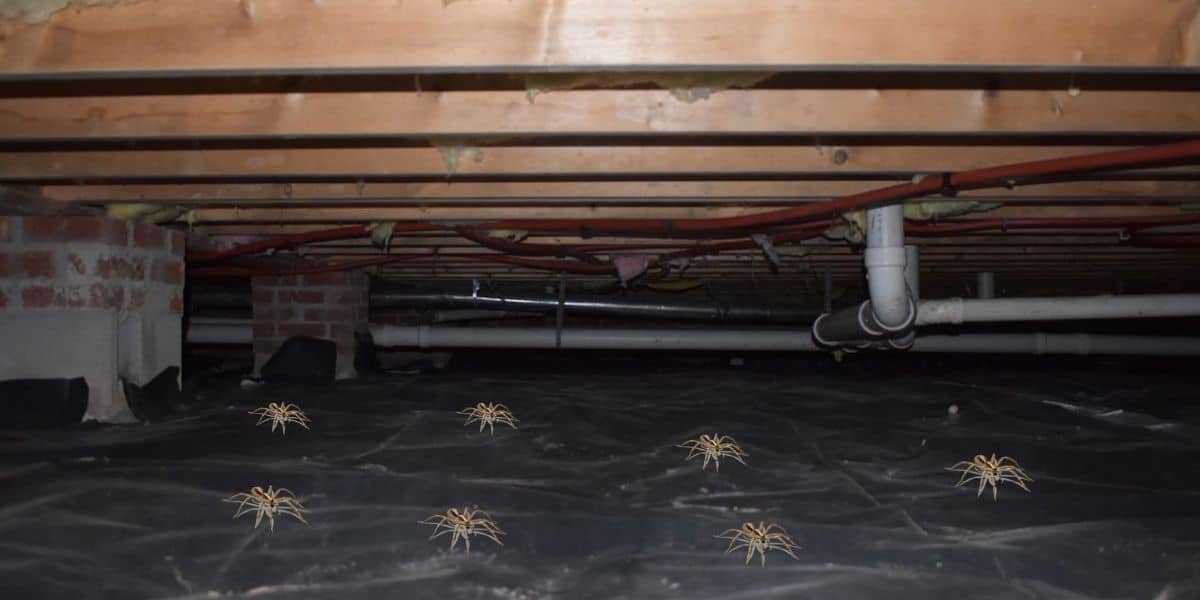
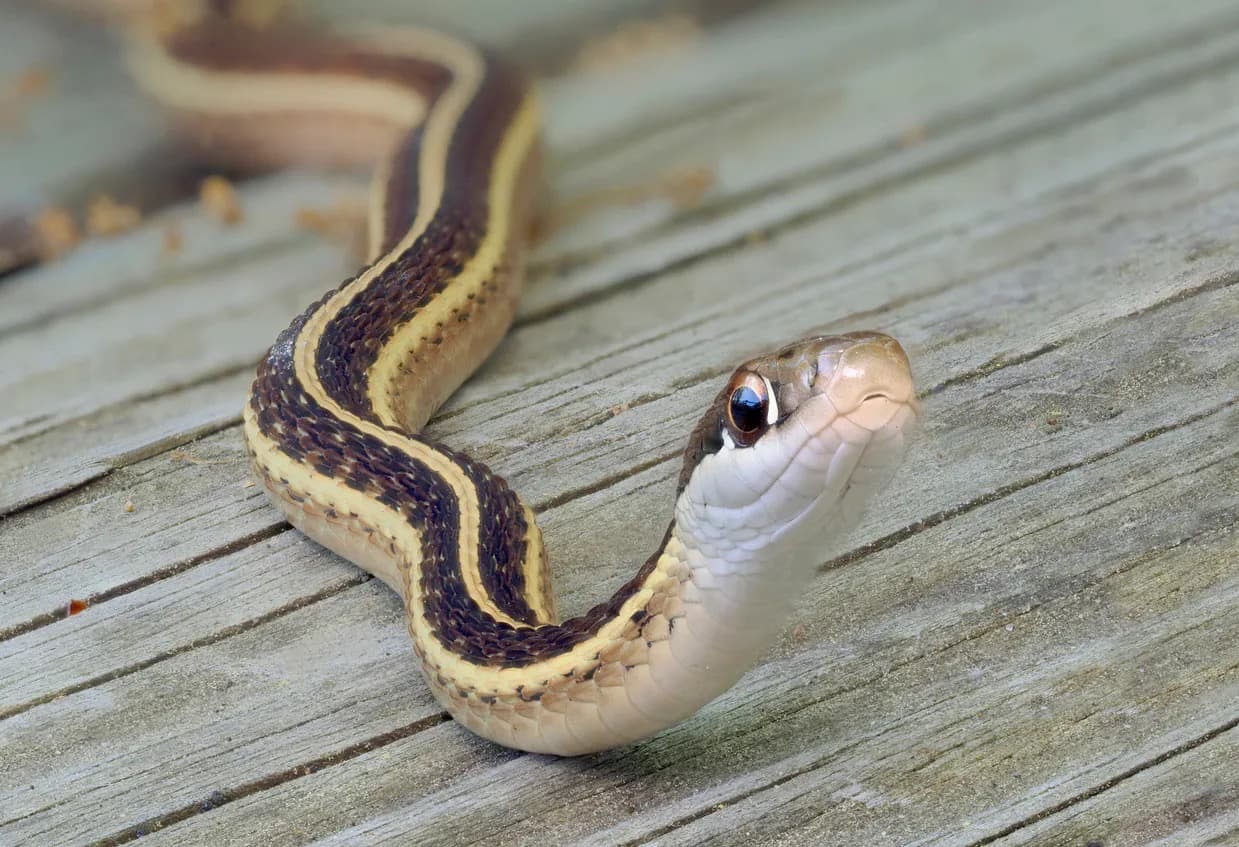

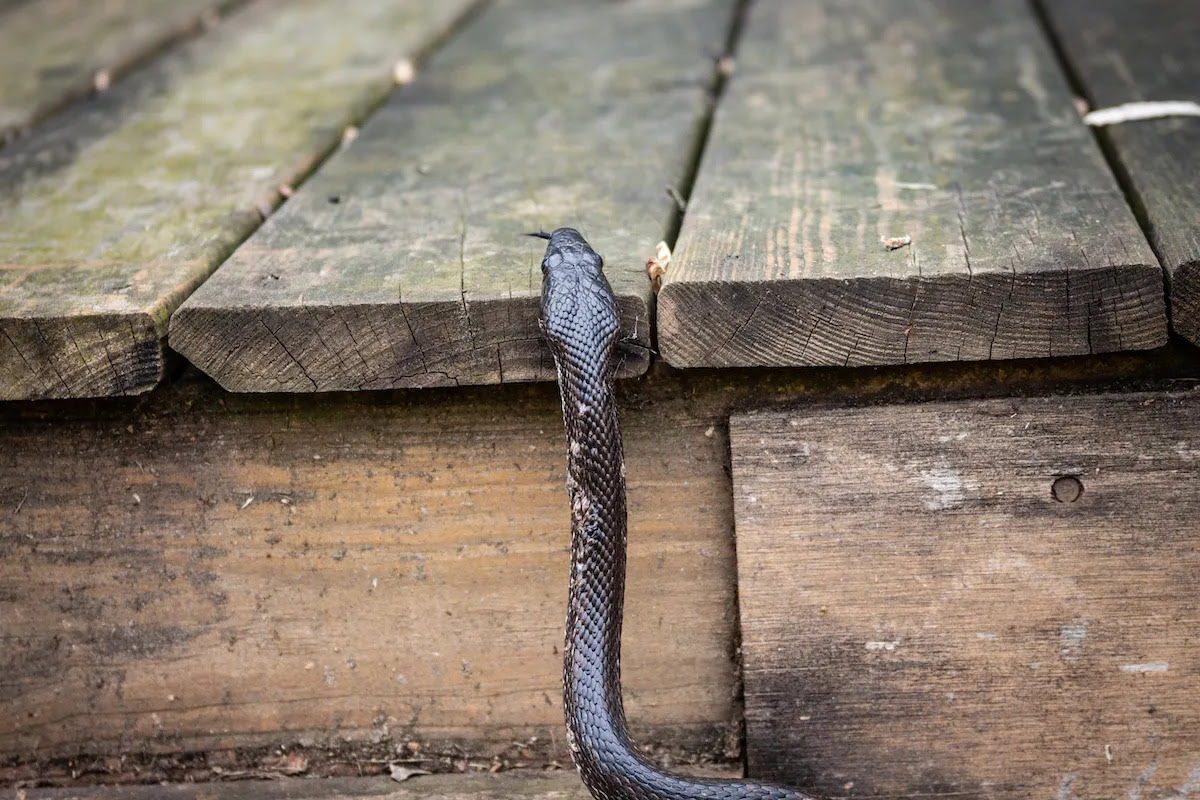
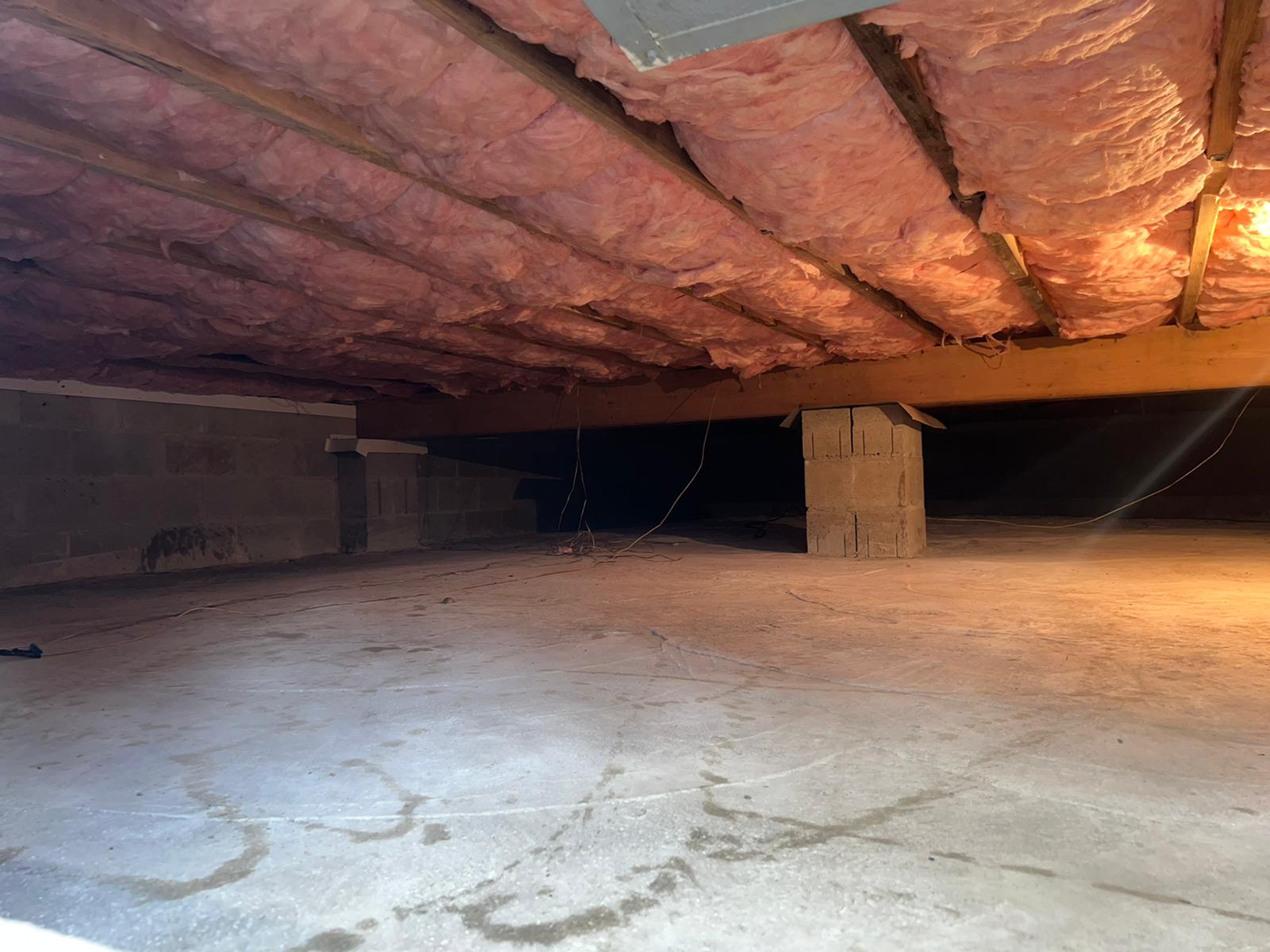
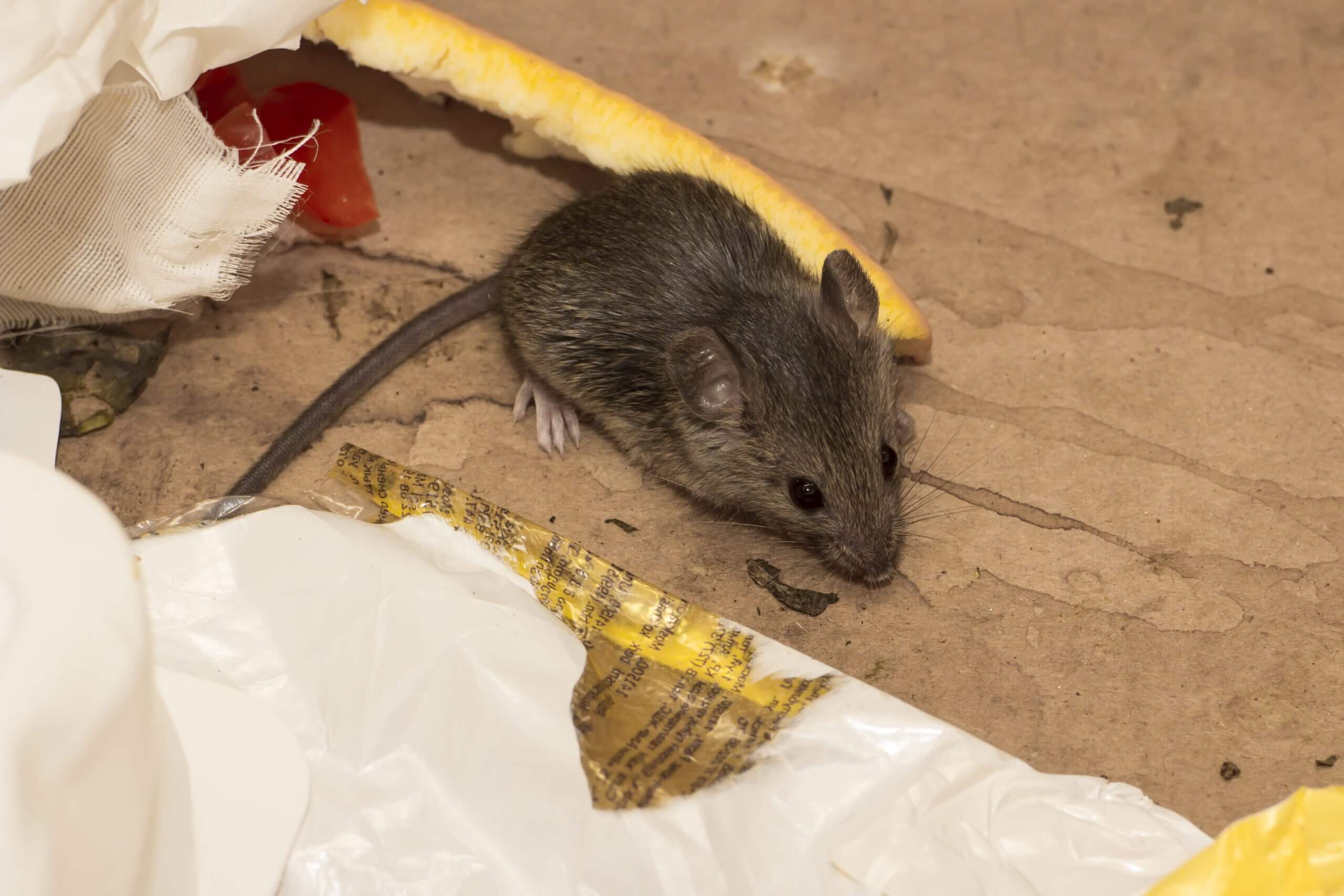

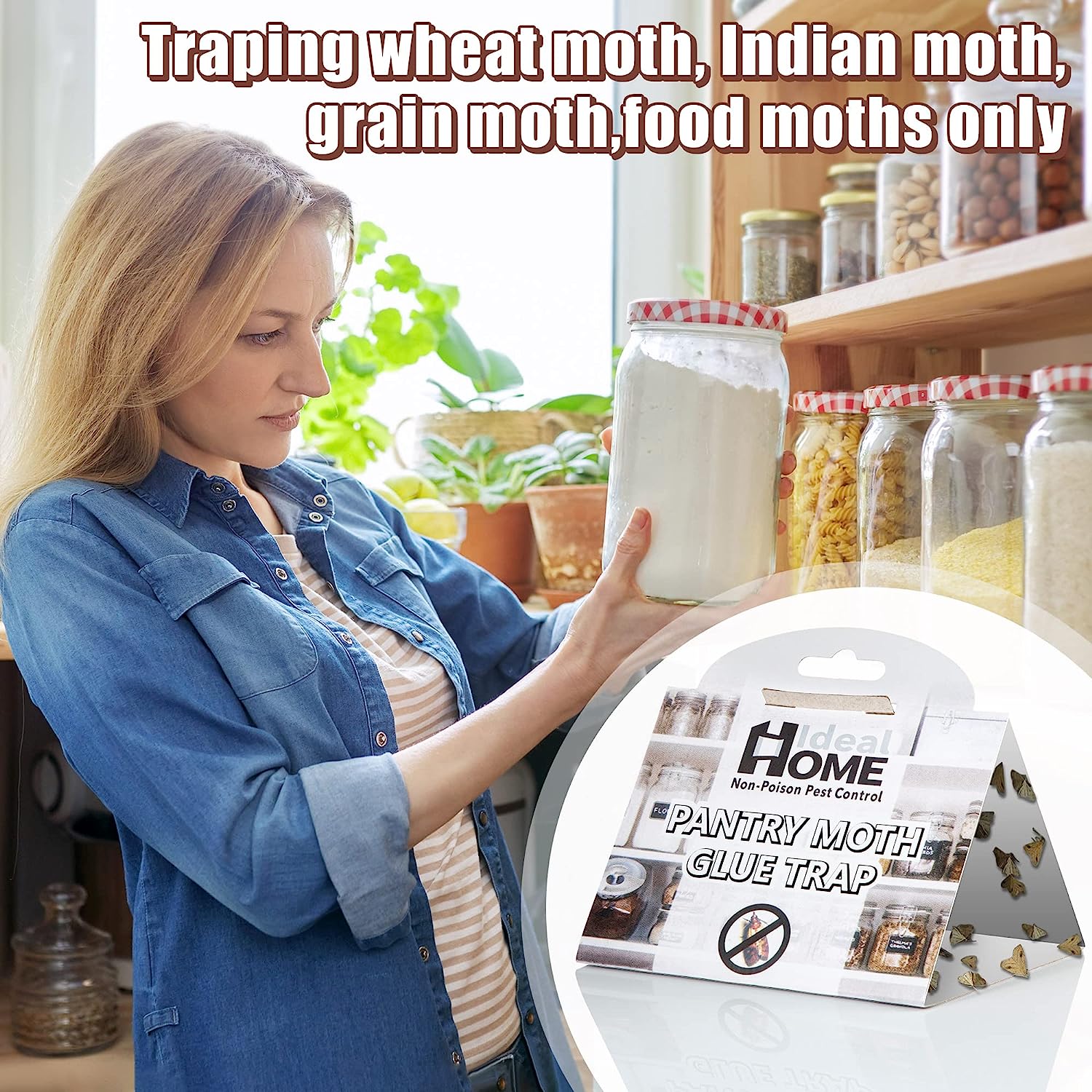
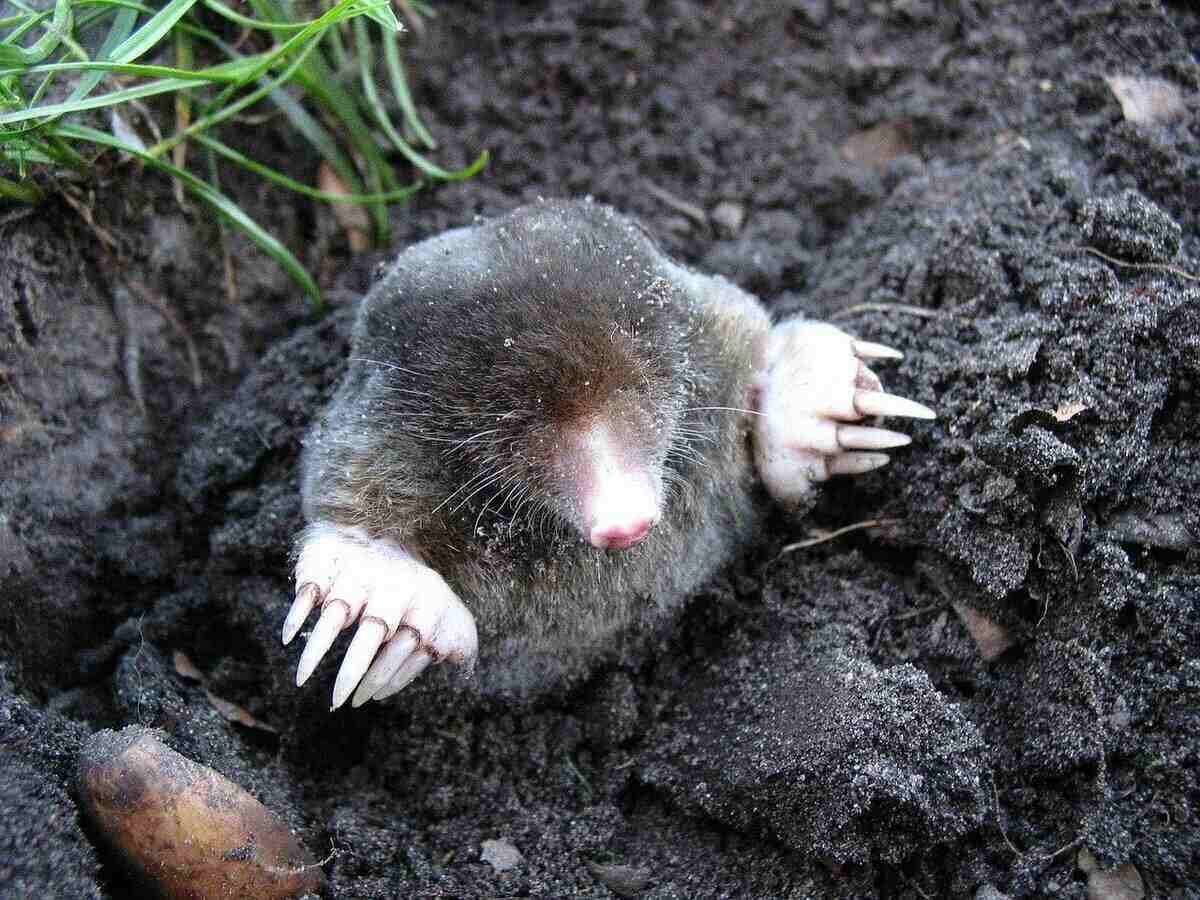
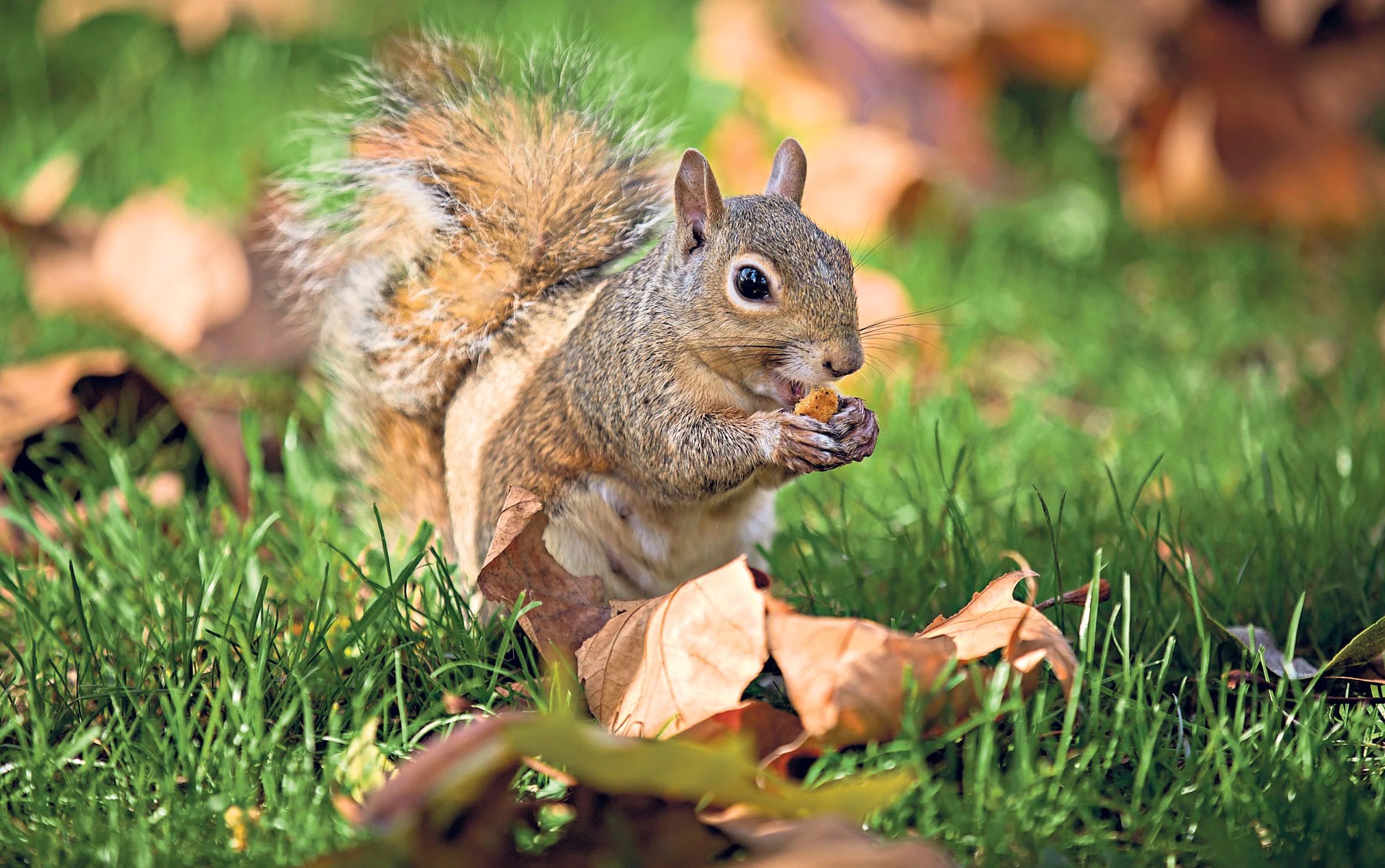
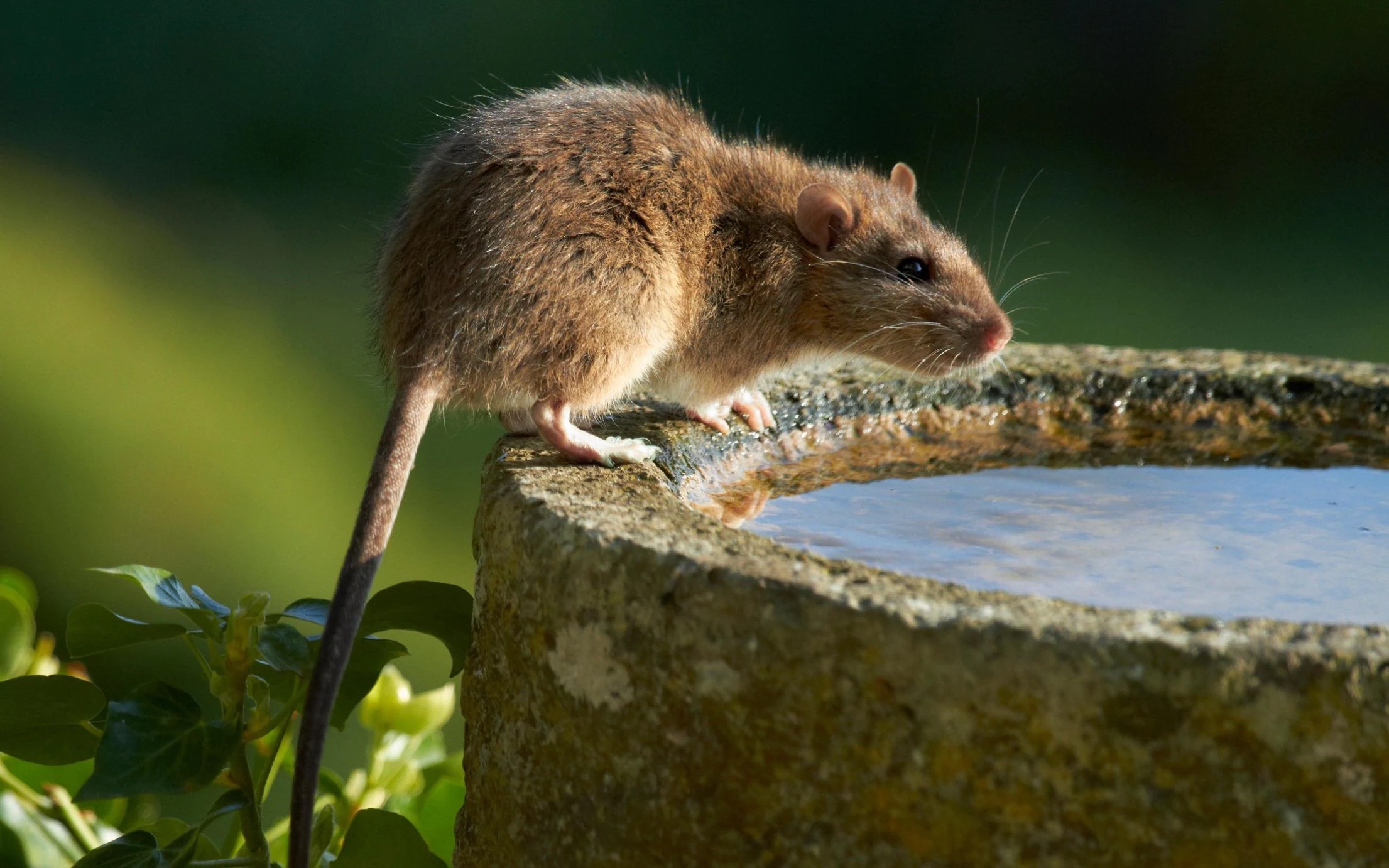

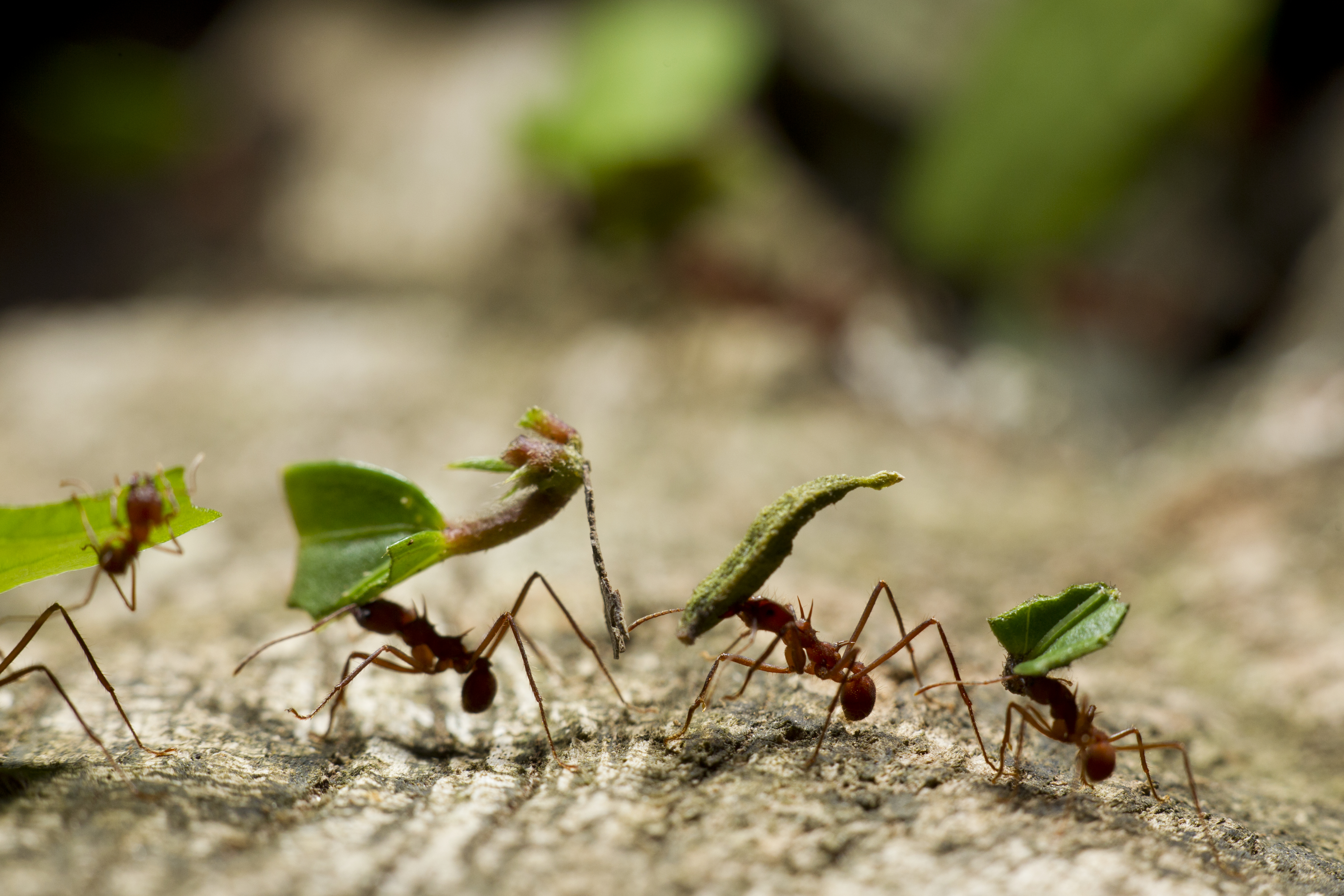
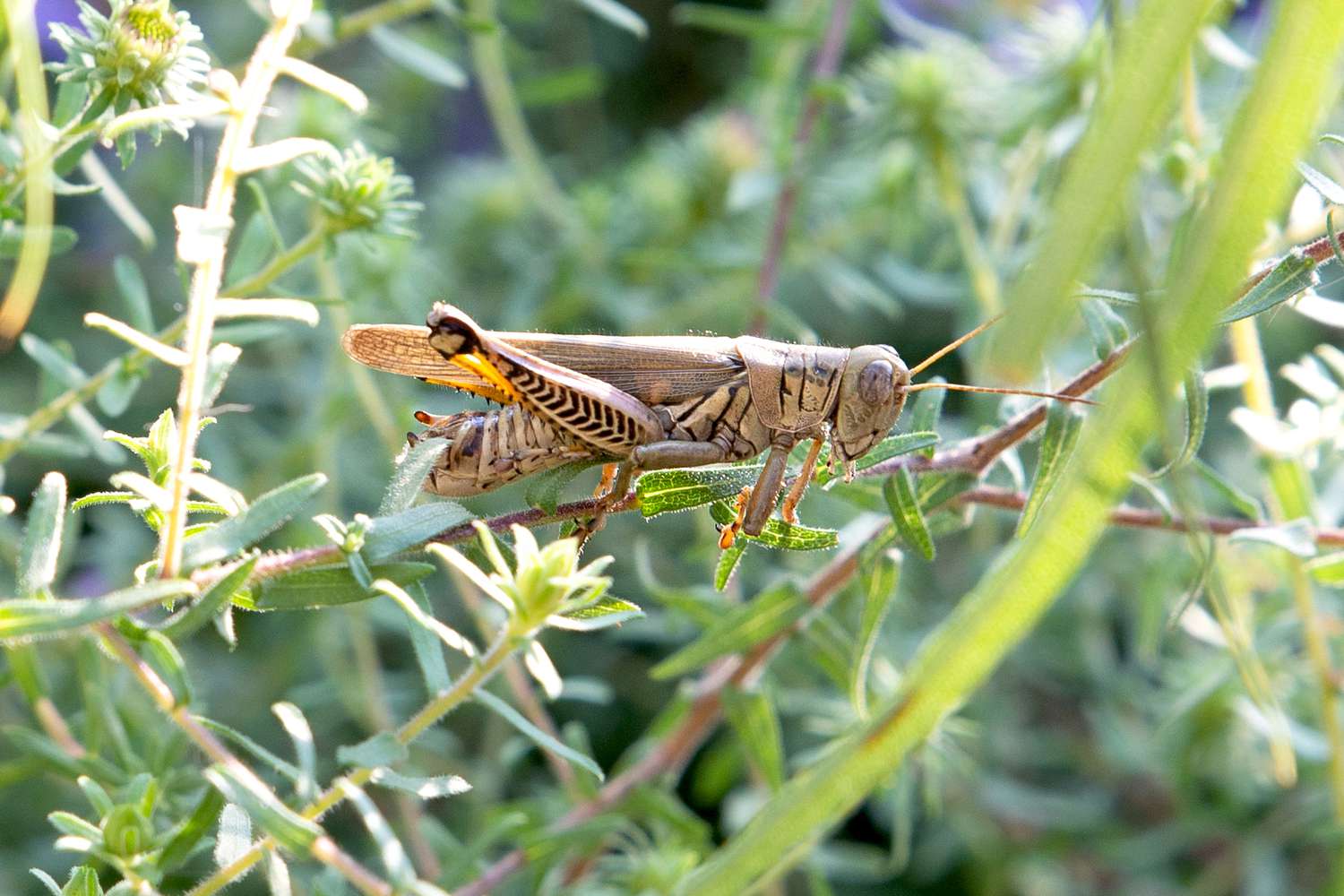

0 thoughts on “How To Get Rid Of Snakes In Your Crawl Space”